Tagua is vegetable ivory – a nut commonly used in the making jewelry and buttons. In fact, before the introduction of plastic, tagua was the major source for buttons in both the United States and Europe. Today, many of those old buttons are sold as collectibles on Ebay.
Although buttons are still produced, tagua is more widely used in the making of jewelry. Any of the local artisan’s markets, like the Saturday market in Otavalo, includes at least one vendor selling necklaces, bracelets, earrings, and rings all made from tagua. And many of these vendors are buying beads from a small family run workshop in Calderon, Ecuador.
On any given day of the week, Gladys Moquinche can be found working with her son, Jose, official owner and manager of the business, and other members of the family.
They spend most days processing tagua and other native seeds, like açai, to produce beads. The process begins by aging the tagua until it is very hard. It has to be aged because ripe tagua is actually very soft. José told me that fresh tagua has the texture of cheese and is commonly eaten in the eastern part of Ecuador (el Oriente) where the trees grow naturally in the jungles. When the tagua arrives to Calderon, it needs to be aged. After a couple of months, the fruit becomes hard and more nutlike. Then it is ready to be cut, dyed, polished and drilled – all completed on site.
The family also makes their own jewelry with the finished products.
It is possible to visit in person and buy either the beads by weight or finished pieces. Call the same day to be sure the family is working onsite and will be able to open the shop for sales.
Contact information:
José Luis Toabpanta Quishpe
Capitan Geovanny Calles y Alaba No 9-113
02820908 0995483580
joseluiselbrand@gmail.com
Alaba No 9-113 y Capitan Geovanny Calles
Google has this road named Quitus. But the last time I visited, the street sign said Alava and that is how it is written on the Ubica Quito website, http://www.ubica.ec/ubicaec/lugar/l27563004
Information For Your Trip
Look for the white wall with a green metal sliding door large enough for a car to enter. Google says this road is named Quitus but Ubica.EC has it as Alava.
- Direction by Car, use WAZE and look for Carapungo, Quito, Pichincha, Ecuador and then use our map to find the exact location.
- Direction by Public Transportation for buses around Quito, use the Google Map link and click on get directions. The closest bus stop is Giovanni Calles Lascano Y Oe5. Use the public transportation option to find the best route from your current location.

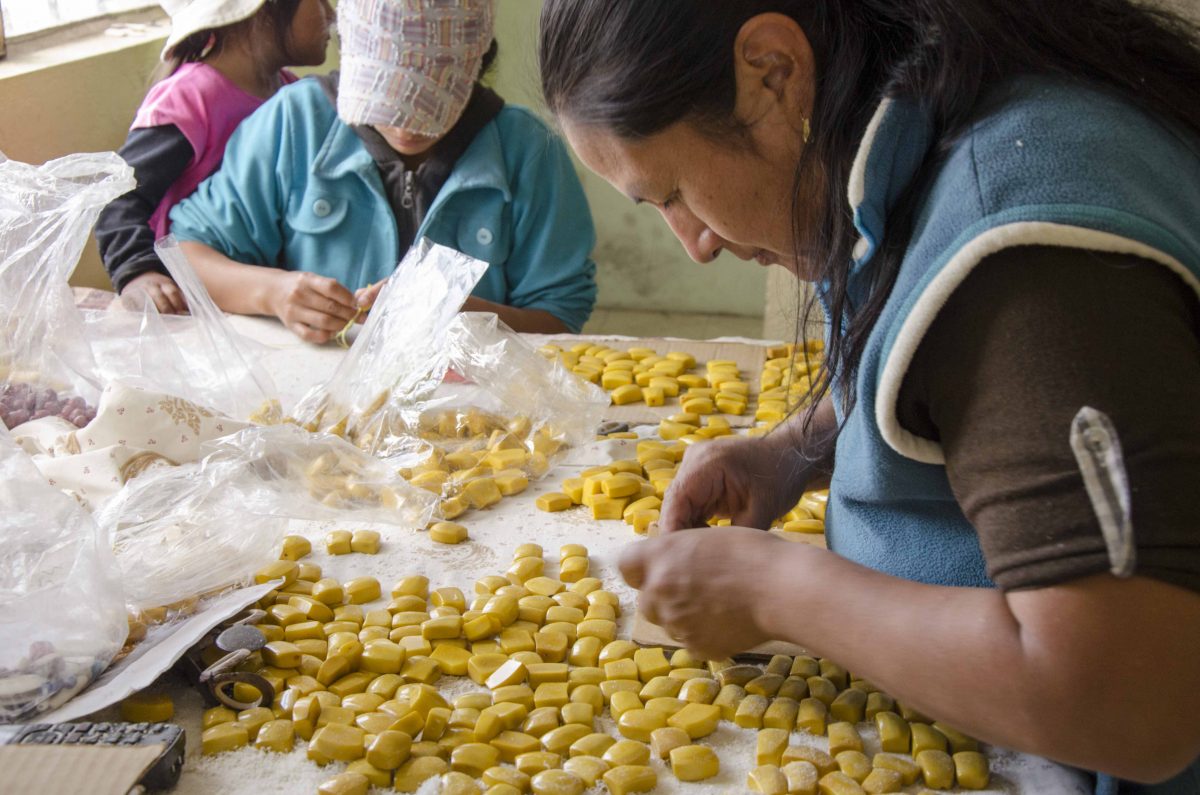


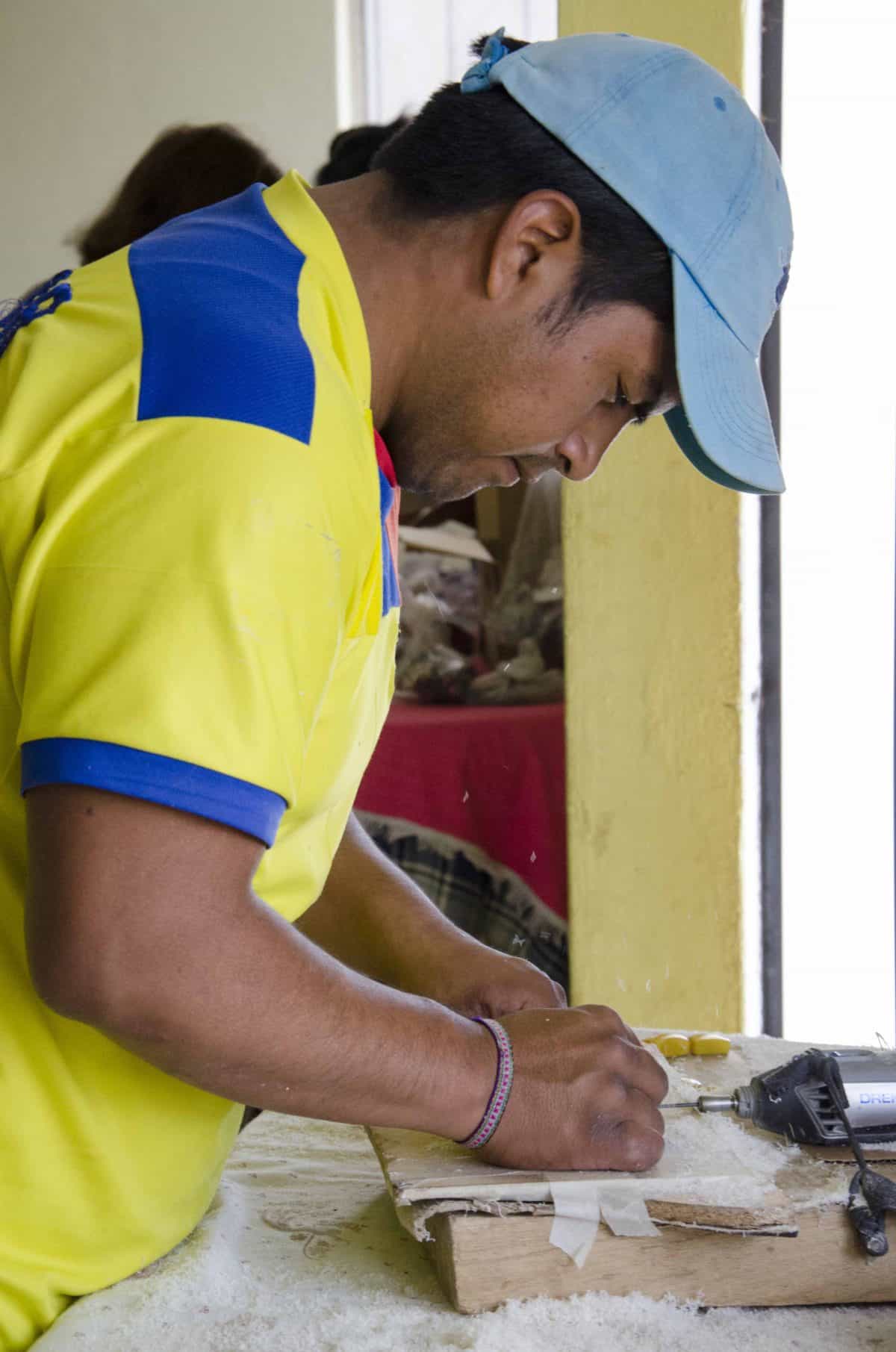
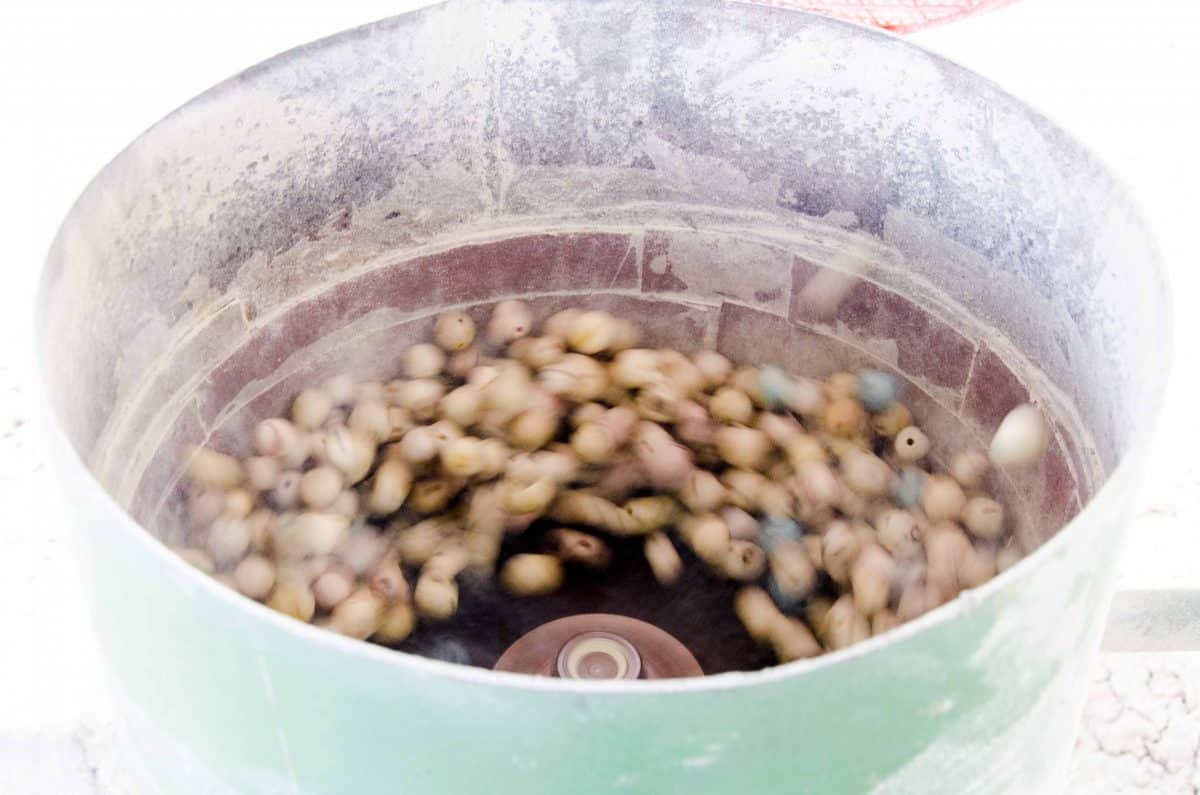
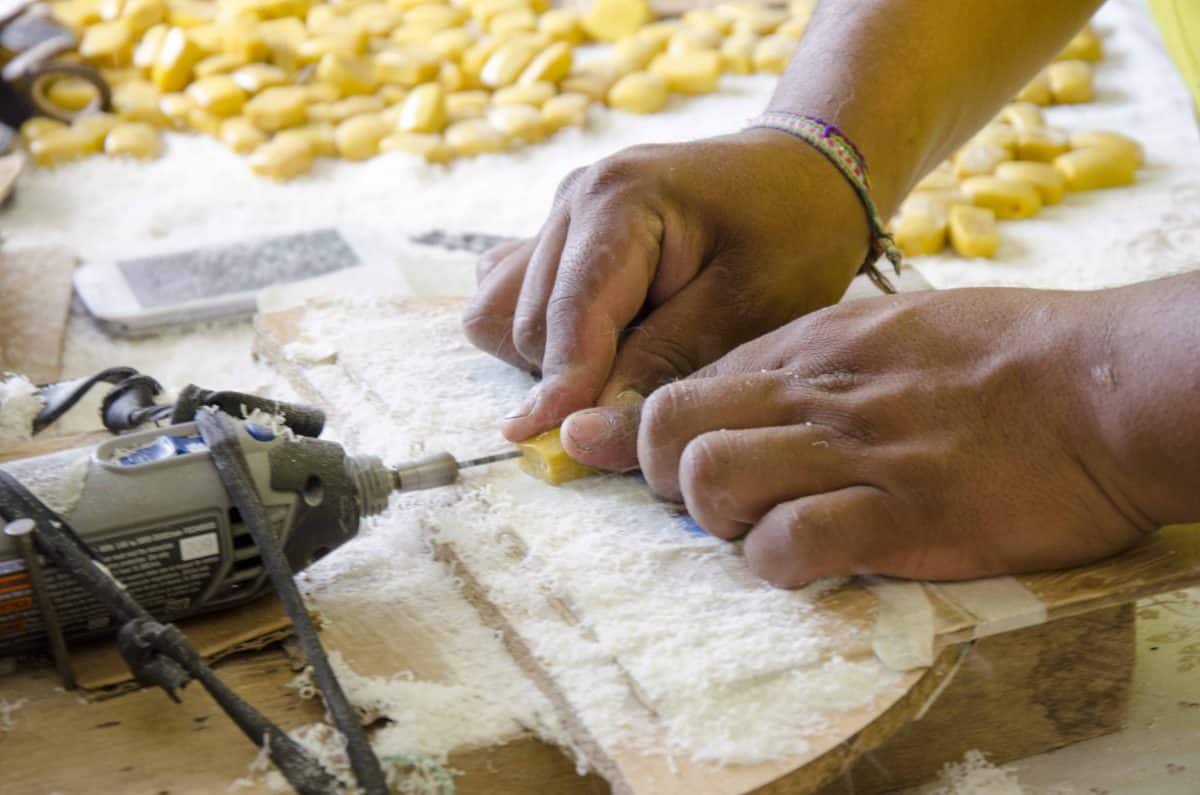
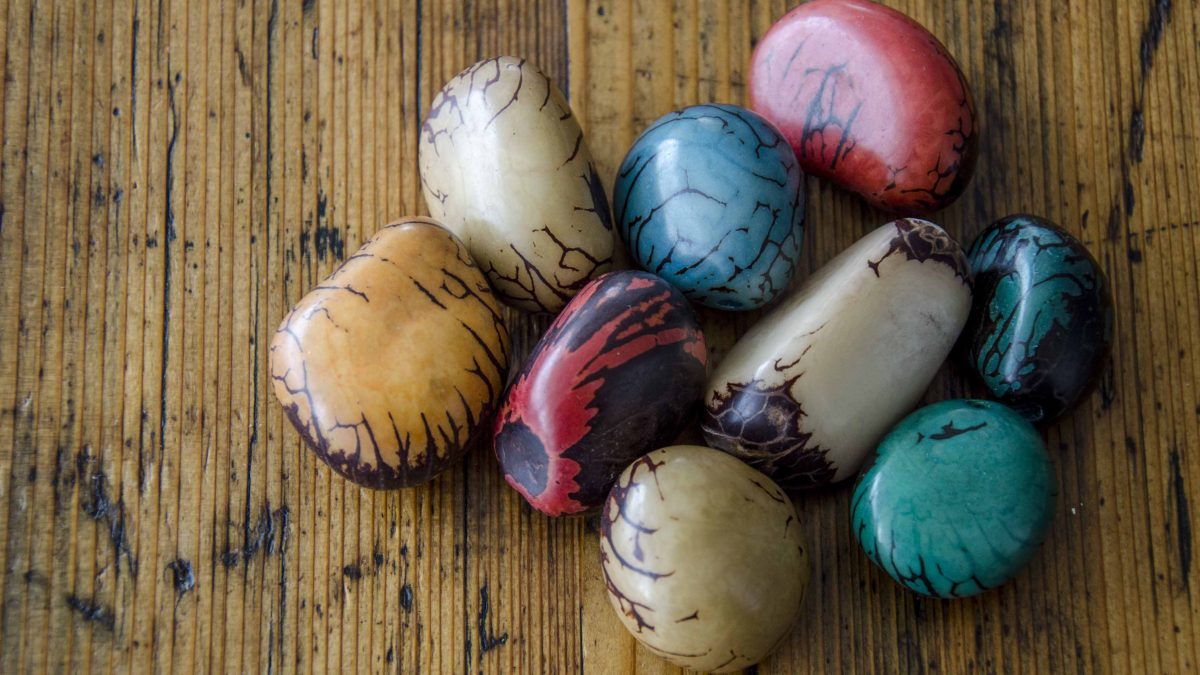











0 Comments